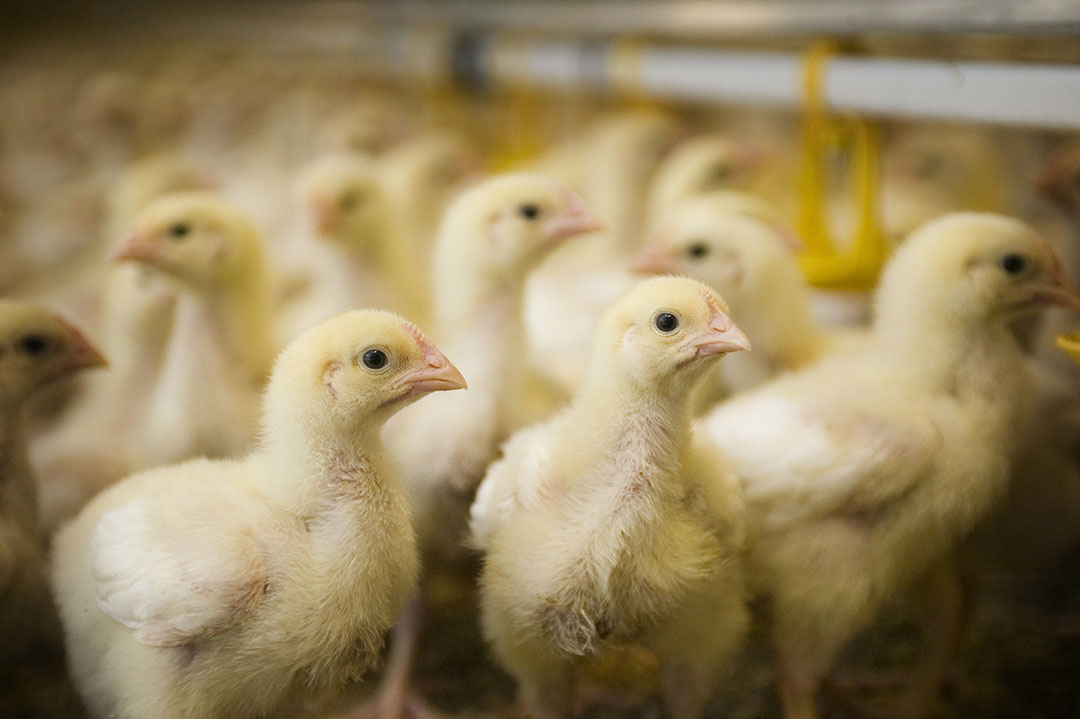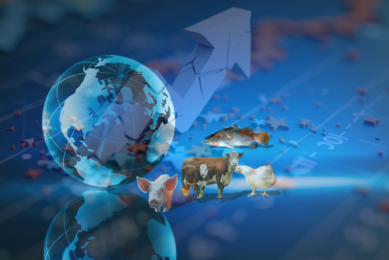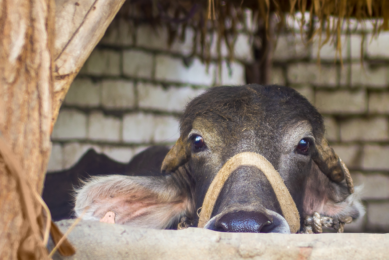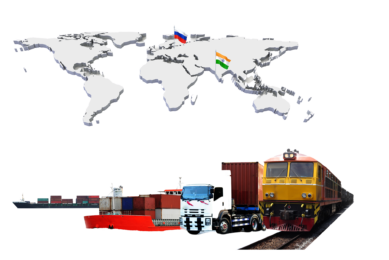Animal protein to grow in the 6 key regions

In 2019, production of most animal species is set to expand in the key regions. However, the pace of growth is slowing, says Rabobank in its new Global Animal protein Outlook Report.
In the report, experts address that growth in global animal protein production is expected to slow as we move through 2019, given some obvious areas of uncertainty in trade, biosecurity and the weather. This means that growth will be below the 5-year average in 2019, after stronger-than-expected growth in 2018. Pork and wild-catch seafood are expected to see the largest declines in growth, although the slowing-down of beef growth is also material. Poultry, on the other hand, is expected to see stronger growth than in 2018.
The key points for the main global animal-protein producing regions are:
 North America
North America
We expect strong growth in production, with increases across all species, led by pork. Despite a full year of productivity challenges and record supplies of competing protein, a strong year of growth in the US broiler industry in 2019 is expected. Several new complexes will be completed in the coming months, and the resulting increase in chicken production is expected to further strain domestic markets. Exports will increase too, while small, total growth in beef exports will lead export growth.
Also read: US feed industry happy with NAFTA 2.0
 Europe
Europe
Poultry production is growing, but pork and beef are stable. European exports will grow, and biosecurity will become even more important. Due to ASF, China will increase pork imports in 2019, presenting an opportunity for EU pork exports to increase significantly.
 China
China
Biosecurity is the top issue for the Chinese animal protein sector, and pork production is down materially as a result. Imports are expected to rise. Pork demand is expected to decline, given rising prices and consumer concerns. Rabobank expect a 3% to 5% decline in pork consumption, subject to price growth and disease development.
 Brazil
Brazil
Production is growing across all species of the Brazilian animal protein complex. Local economic conditions influence local demand and could go either way. Brazilian poultry exports are expected to recover in 2019, offsetting an estimated decline of around 7% in 2018. Saudi Arabia and China should remain the main destinations for Brazilian poultry.
Also read: Soy up and corn down in Brazil
 South-East Asia
South-East Asia
Poultry production in 2019 will reach 9.3m tonnes cwt, up 1.3% on 2018, driven by higher exports from Thailand and ongoing intensification in Vietnam. At the same time, cost pressures are rising, challenging local production and imports.
 Australia & New Zealand
Australia & New Zealand
Beef and sheepmeat production in Australia & New Zealand will decline. The ongoing strong global demand for sheepmeat and limited supply availability will support strong prices through 2019. While further upside beyond 2018 records will be limited, prices will remain firm, given strong demand in key global markets such as the Middle East, China, and the US.
Also read: Low harvest of Aussie winter crops
What to expect in 2019?
Trade protectionism, biosecurity, and tariffs will continue to impact trade in 2019, even as trade deals such as CPTPP, USMCA, and IA-CEPA have been forged. Non-tariff barriers (NTBs) are arguably more significant, with biosecurity and production standards all playing a part in shaping trade flows –it could be argued that NTBs are increasingly being used as a barrier to trade in animal protein. As new export opportunities are dwindling, investments in production and in distribution in target markets could play a more important role in 2019. Weakening currencies can cause significant headwinds in importing countries. Conversely, weaker currencies also make exports more competitive. We see Brazil, Argentina, Thailand, Australia, and New Zealand benefiting from weaker currencies in 2019.
Source: Rabobank











